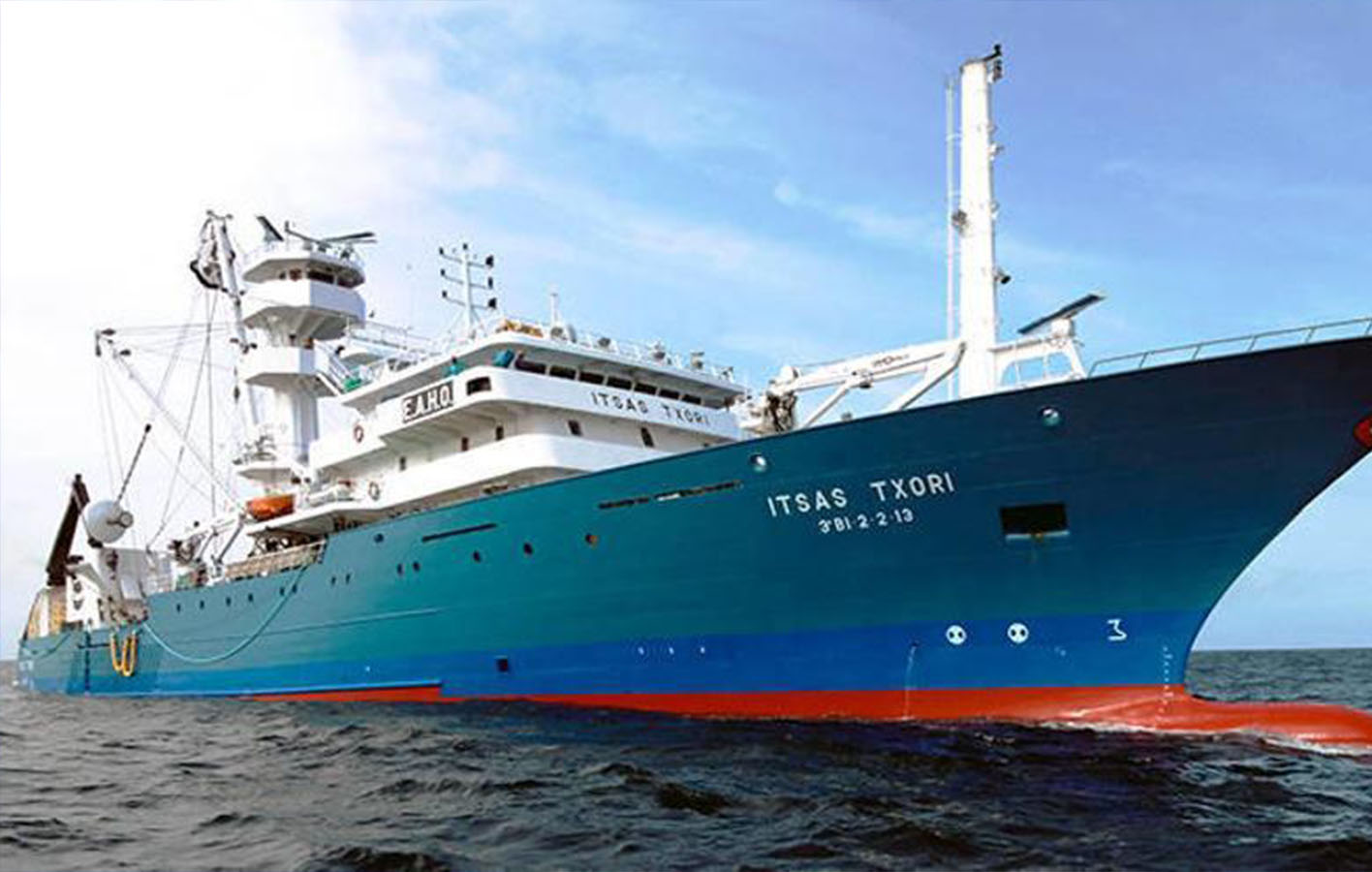
85% of global tuna catches come from ‘healthy resources’
85% of catches of the world’s main commercial tuna species come from healthy stocks, according to the latest annual study released by the International Seafood Sustainability Foundation (ISSF), which covers the year 2022. The report reveals that 4% of them come from medium stocks and 11% from overfished stocks.
It also points out that most of the catches come from fisheries in member countries of Regional Fisheries Organisations (RFOs) with adequate levels of monitoring and control. The assessment also identifies a number of gaps in the assessment of the impacts of some tuna fisheries on bycatch species, which, it notes, “for the most part, would be attributable to longline and driftnet fisheries”.
With regard to the quantity of healthy species analysed (bigeye, yellowfin, skipjack, albacore and bluefin tuna), the ISFF explains that it remains above 60%, and that of overfished species it is below 20%. The balance also points out that during 2022 catches amounted to 4.8 million, of which 90% were skipjack and yellowfin tuna. As for the methods used to catch the species, purse seine remains the most widespread gear, being used for 66% of the catches, a percentage similar to that of 2021.
ISSF’s annual survey uses the results of the most recent scientific assessments of tuna stocks and the management measures adopted by RFOs. The report assigns a colour to each stock depending on its status, using a methodology that takes into account three factors: abundance, management and environmental impact. The document presents a comprehensive analysis of the stocks, and an assessment of their sustainability in relation to Marine Stewardship Council (MSC) criteria.
ESSENTIAL AND HEALTHY
The analysis has presented data of great importance for the Organisation of Associated Producers of Large-scale Freezer Tuna Vessels (OPAGAC) (in which Bermeo Tuna World Capital participates), which has expressed its commitment to ensuring responsible fishing and the sustainability of the tropical tuna fishery.
According to Julio Morón, managing director of the association, “the ISSF assessment shows that the establishment by RFOs of management measures based on scientific recommendations, in combination with voluntary initiatives to conserve the stocks of fleets such as ours, makes it possible to achieve acceptable levels of biological sustainability for tropical tuna in order to continue providing an essential and healthy food for the world’s population”. In this regard, “it is worth remembering that tuna species account for more than 8% of the seafood traded globally, according to the FAO,” he concludes.


